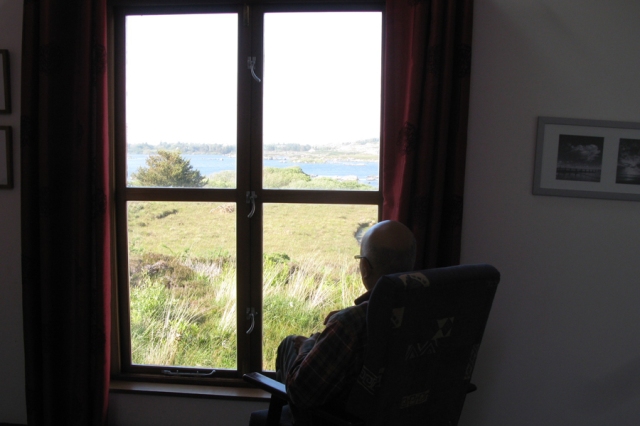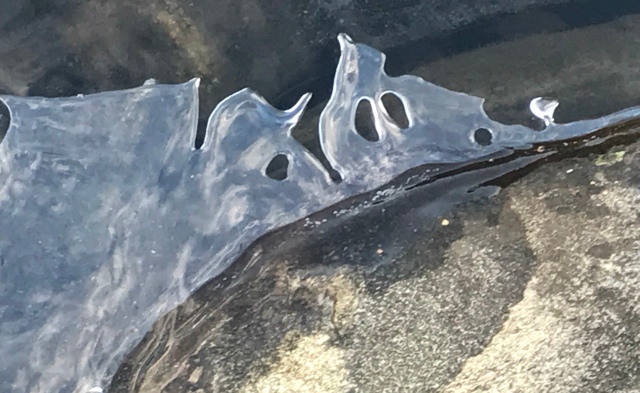
By Caitlin Kelly
It’s becoming sillier and sadder by the day.
Having a U.S. President who shrieks “Fake news!” isn’t helping, that’s for sure.
This recent poll makes clear what a mess we’re in when it comes to mistrust, misunderstanding and hostility toward journalists.
Sixty percent think that we are paid by our sources all the time or often.
EXCUSE ME?
I would laugh at this stupidity, but find this level of ignorance stunning and deeply depressing.
A friend who works in digital media — which I admit I read very little of — says it’s because there’s such an overlap of commercial messaging and editorial and the lines aren’t clear to readers and publishers don’t make it clear enough.
Let’s get this straight — and, I beg each one of you, tweet this blog post. Email it. Share it with everyone you know, at any age.
We are not paid by our sources!
If a journalist is discovered to be doing this, they’re a cheat and a fraud and will get fired and shamed and shunned by anyone who still understands what we are supposed to be doing.
When I write about X company or Y product or Z person, I do so because they’re deemed sufficiently interesting by the editor who agreed to pay me to write about them, not because the damn company or person paid me to perform a public relations function.
Web writing pay rates are a sick joke, so an “argument” gets made that writers don’t make enough money which leaves them open to suborning.
Not the ethical ones!
There has been some serious malfeasance, and here’s a powerful piece by Jon Christian from 2018 exposing it:
Welcome to the dubious new world of payola journalism, where publicists like Prokopi have carved out a niche arranging undisclosed payments to financially strapped reporters and bloggers in exchange for friendly media coverage of clients. If you want to understand the vulnerable state of the news industry, don’t just consider the thinning newsrooms of national publications — look at the writers who are being paid to plug brands on sites like Forbes and the Huffington Post.
Yet this week I got a phone call, at home in New York, from some stranger who said — no joke — I want you to place a story for me in The New York Times; I’ve been freelancing for the Times for decades.
I lost my shit.
“Do you have any idea how journalism works?!” I asked him. “What makes you think this is even possible? I don’t work there. I’m not the publisher nor an editor.”
Cowed, he said: “I do now.”
A Twitter pal sent me this terrific blog post she wrote; if you want to seriously understand what we do and why, it’s a great read.
Here’s a bit of it:
The last story I wrote for S&P Global Market Intelligence was about the suicide crisis in the northern Ontario town of Attawapiskat, and whether an unfair deal with a diamond miner may have contributed to this outbreak.
I chose to do the story because the Attawapiskat suicide crisis was major news, with every news outlet covering it. Missing from almost all that coverage? The role of a diamond mining company operating near the town, and whether that company had reneged on its agreements to provide jobs, opportunities and development for indigenous residents of the isolated town.
Before I spoke to anyone, I first had to dig in and do reams of research. I investigated what the indigenous population had said in the past about their dealings with the mining firm, as well as any documents the firm made available on the nature of its agreement with the local community. I looked into what mining associations and Aboriginal groups said about the town and the mining industry, and read many reports from Canadian think tanks about Aboriginal-resource company relations and how it had changed over the last 20 years.
Armed with that information, I then hit the phones.I called everyone – the mining company, the local governance association, a Canada-wide group representing Aboriginals in their dealings with the natural resource industry, firms which advised Aboriginal groups on how to negotiate effectively with resource firms, and law firms specialising in representing Aboriginal claims to resource companies (and the diamond mining company, which wasn’t talking). Each interview took a few hours to set up, involved at least 1 hour on the phone. Following this, after each interview, I double-checked my notes, doing what I could to ensure I transcribed the quote correctly, and followed up with the source if my notes were unclear at any point.
So now that I’d done research and interviews, you’d think I would be done. But I wasn’t.
Want to better understand anything about journalism?
Please ask! I’ve been doing it for decades.

























 The patterns of the ice were amazing — shifting with the water’s movements
The patterns of the ice were amazing — shifting with the water’s movements


